Looking for a signal to enter a trade? Here's all the guide and the tips for beginners to find highly accurate signal to enter a winning trading position.
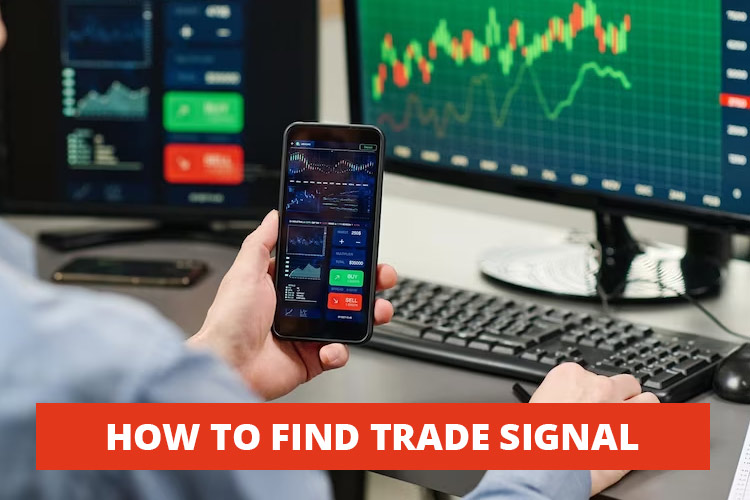
As a beginner, the foreign exchange market can be very hard to predict. For instance, you had wished for a position to go in your favor, but in reality, the price somehow moved against you, repeatedly. That's why you need a trade signal to guide you.
Trade Signal, What Is It?
In a nutshell, trade signal is cue or hint produced by indicators or some form of technical analysis measurements. With the help of trade signal you can get hints where price will likely move. It's like using GPS to find where the destination is from your location, so you don't have to get lost again!
To start using trade signal, the first thing you need is a trading terminal that can support it, such as; MetaTrader4 (MT4), MetaTrader 5 (MT5), cTrader, etc. From there, you can choose one of the available technical indicators. Here's one example (MT4):
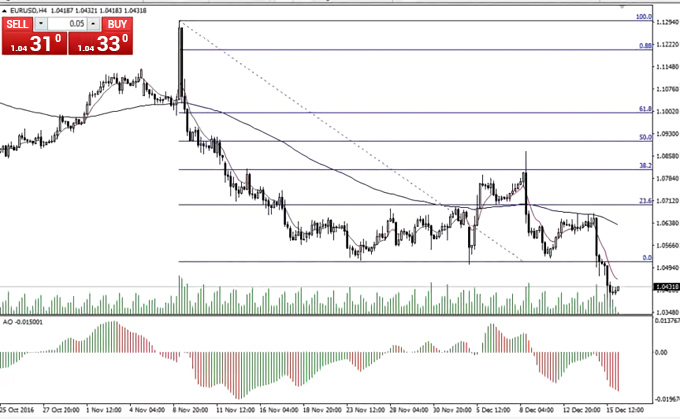
See, there are many technical indicators swirling on the chart above. Basically, each indicator produces two different trading signals, either buy or sell signal. More so, you'll also need different approaches to get reading from each of those tools. Don't worry, I have already covered it for you.
See Also:
Categories of Trade Signal
Trade signals mainly come in two different classes, either lagging or leading indicators. Here are the following details:
Lagging Indicator
In general, the lagging indicators can only compute variables on existing market data. Therefore, it can only output trade signals backward (from present to past) onto your chart. However, you can still use this laggy indicator to weigh the likelihood of market price direction.
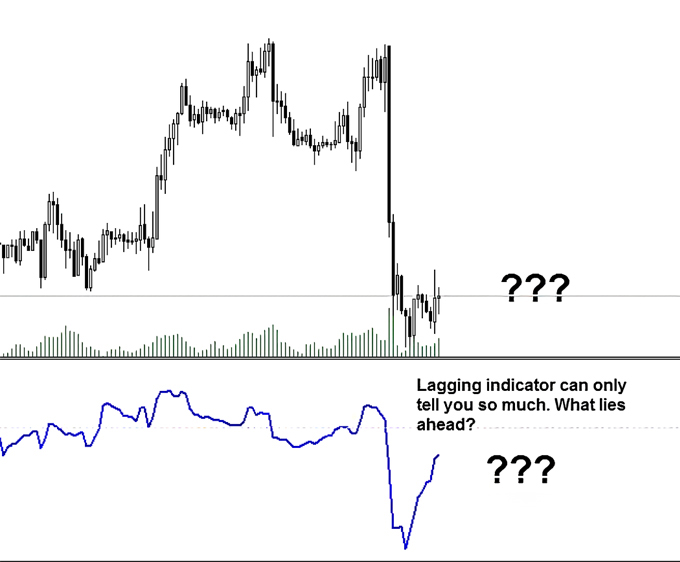
Simply put, it's like your friend who is always coming late to the party and somehow manages to look cool and convincing.
Leading Indicator
Conversely, the leading indicator projects its trade signal forward (from present to future) onto your chart. In fact, you can use it to predict market price direction. But worthy of note, even this seemingly miraculous tool can mislead you if you're not careful.
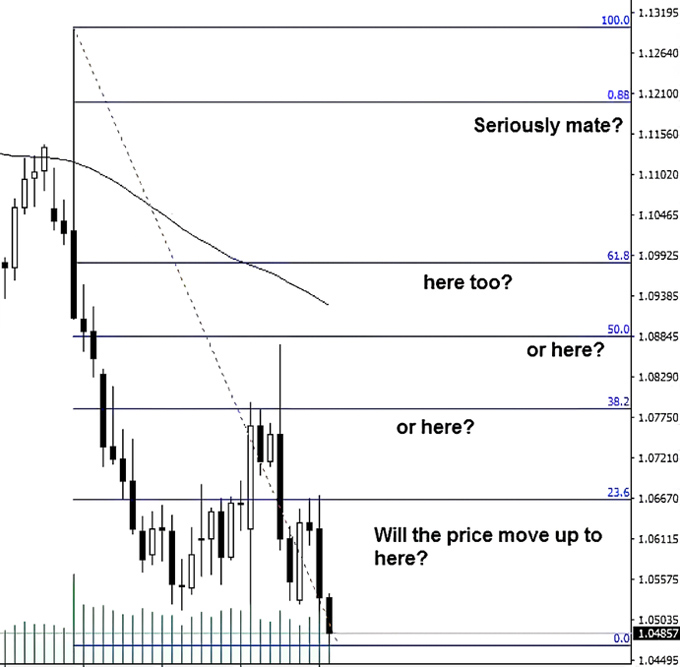
To lead or mislead
How to Get Trade Signal
On this part, you'll learn how to trade signal occurs. Here's the following step:
- There are many basic indicators you can choose from your trading terminal. To do that, you can bring it up via the dropdown menu on MT4. Like so;
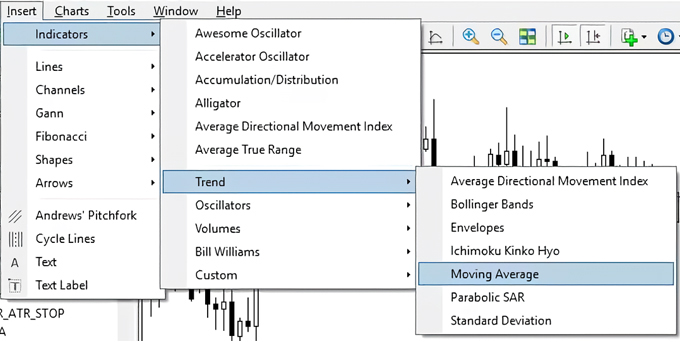
- If you're a complete beginner I suggest you pick the simplest and easiest indicator, which is Moving Average.
- Bring up two Moving Averages. Specifically, a shorter period MA (7) and a longer period MA (21).
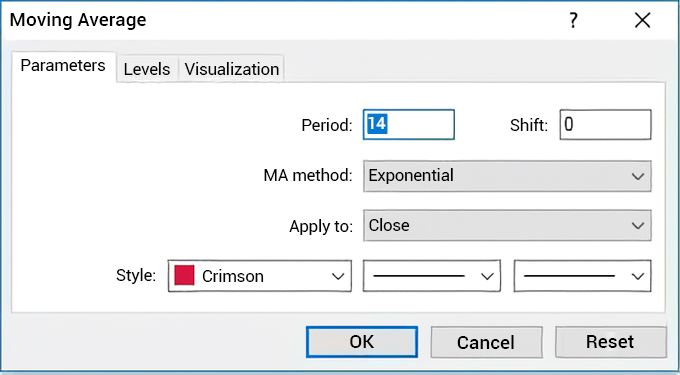
- Watch how the trade signal occurs. In this case, get ready when a shorter period MA (red line) crosses over a longer period MA (blue line). For example, a buy signal occurs when the red line crosses above the blue line. Conversely, sell signal pops when the red line crosses below the blue line.
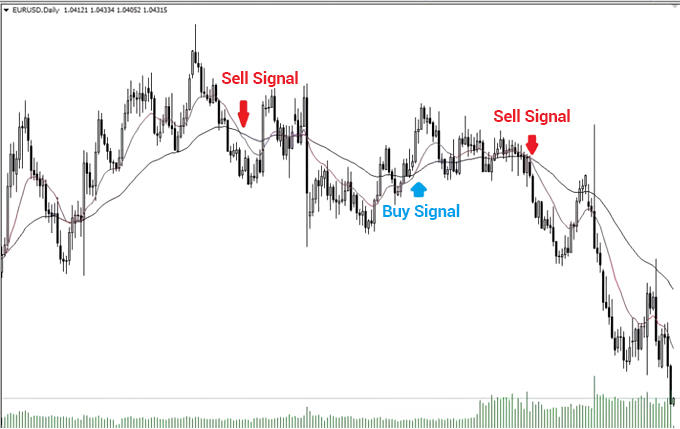
Check These First When Trade Signal Occurs
When a trade signal occurs, don't react too soon. That's because many false readings or fake signals can lead you into a pitfall trap. Instead, consider these conditions before reacting to it:
1. On What Time Frame Does It Occur?
Time frame determines how frequently the chart records each session of market activity. For example, an hourly time frame (H1) produces each tick of bar or candlestick per hour, simple, right? If you still don't know what I'm talking about here's how it looks:
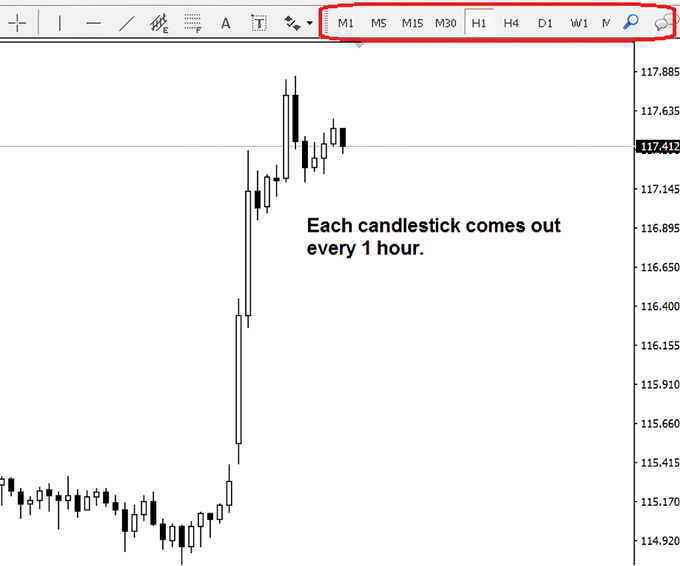
The smaller the time frame is, the higher the chance you'll stumble into false reading. That's because a small time frame (m1, m5, m15, m30, and h1) produces so many tiny candlesticks that are confusing and misleading. In short, it's more trouble than it's worth. To alleviate that, you need to look at a more precise time frame. Stick to daily (D1) or H4 time frame for better and more accurate trade signals.
2. Are There Any Conflicting Signals?
If you use more than one technical indicator, there's a chance that you'll get conflicting signals. For example, when an indicator produces a buy signal, another indicator contradicts it with a sell signal. In that case, take your time to consider which signal makes more sense or stop trading altogether.
3. Any Major News Going to be Released?
Global macroeconomic news updates are the major foreign exchange market price drivers. More importantly, the price movement is so volatile, it can out-scale and put your indicators into haywire. Subsequently, your trade signal quality is lowered during major news releases. My advice, friend, pack your baggage and roll out a picnic mat. Forget trading during news releases. Unless of course, you know what you're up against.
4. Is It Near Support or Resistance Level?
Not every beginner understands what support or resistance level is, even though it can help so much. Basically, those levels are visual aids to an alarm where price direction is very likely going to reverse, or simply an end to the current trend.
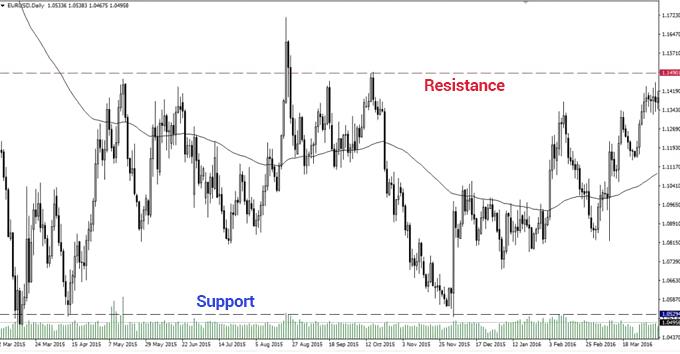
If your technical indicator shows a buy signal near a support level, the accuracy is increased significantly. The same case is also true when a sell signal pops near a support level.
How Accurate is Trade Signal?
In live trading conditions, there is no such thing as a 100% success rate due to market inefficiencies. So, if you think there's a trade signal that will work 100% accurately, all the time, prepare to get punished
In fact, every time you decide to follow up on a trade signal, you are subjecting yourself to potential risks. In other words, if you open a position based on a trade signal, there's still a chance that the price will move against it, thus incurring a loss to your account balance.
That's the very reason why you should cool your head and act accordingly whenever a trade signal pops from your indicators. Let me rephrase it. Never rush any trade signal without further confirmations. Be careful about making any mistakes that can lead to unnecessary loss.

 Dedicated FREE FOREX VPS
Dedicated FREE FOREX VPS Free FOREX Virtual Private Server
Free FOREX Virtual Private Server MT4 Demo Contest, Get $500
MT4 Demo Contest, Get $500 Sign Up for an Account, Claim 60% Deposit Bonus
Sign Up for an Account, Claim 60% Deposit Bonus Free MT4/MT5 VPS 2024
Free MT4/MT5 VPS 2024 Send E-mail and Get Free Merchandise
Send E-mail and Get Free Merchandise $1K Refer a Friend Bonus for Pepperstone Pro clients
$1K Refer a Friend Bonus for Pepperstone Pro clients Maximize Your Earnings with 100% Deposit bonus
Maximize Your Earnings with 100% Deposit bonus Trade to Win, $5,000 Monthly Demo Contest
Trade to Win, $5,000 Monthly Demo Contest Claim 30% + 15% Deposit Bonus from LiteFinance
Claim 30% + 15% Deposit Bonus from LiteFinance




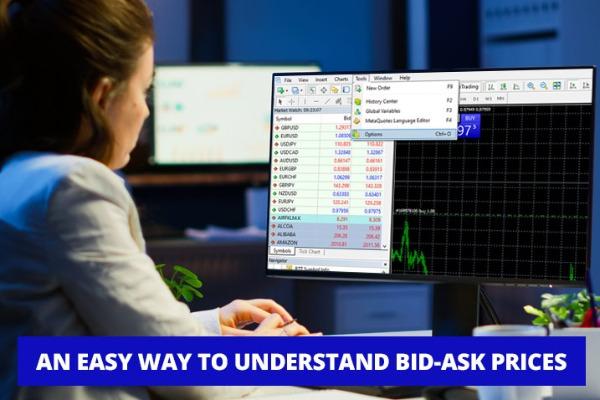
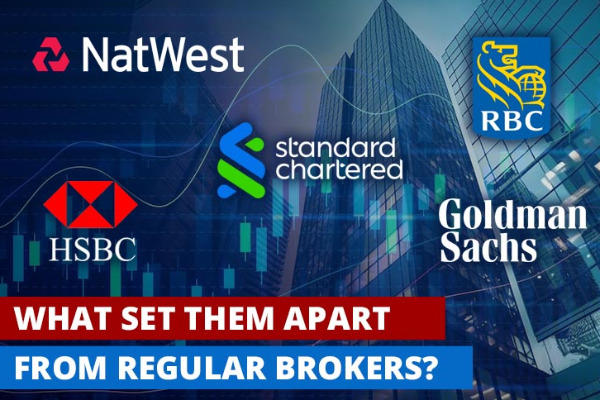






2 Comments
Caesar
Apr 21 2024
Quick question here, It is stated that If you use more than one technical indicator, there's a chance that you'll get conflicting signals. For example, when an indicator produces a buy signal, another indicator contradicts it with a sell signal. In that case, take your time to consider which signal makes more sense or stop trading altogether.
Can you give me some example of this and how we can face it?
Kennedy Williams
Apr 25 2024
When you're using multiple technical indicators, sometimes they don't agree with each other. Let's say one indicator tells you it's time to buy, but another one says it's time to sell. It's like they're giving you mixed signals.
So, what do you do in that situation? Well, you've got a few options. You can take your time to carefully consider which signal seems more reliable based on other factors like market conditions or recent price movements. Or, if you're unsure, you might decide to hold off on trading altogether until the signals align more clearly.
For example, let's say you're looking at two indicators: the Relative Strength Index (RSI) and the Moving Average Convergence Divergence (MACD). The RSI indicates that the market is overbought and due for a correction, suggesting it might be a good time to sell. But at the same time, the MACD shows a bullish crossover, signaling a potential buying opportunity.
In this scenario, you'd need to weigh the signals from both indicators and consider other factors like recent market trends or upcoming news events. Based on your analysis, you might decide to follow the signal that seems more reliable or wait until the signals are more in agreement before making a trading decision.